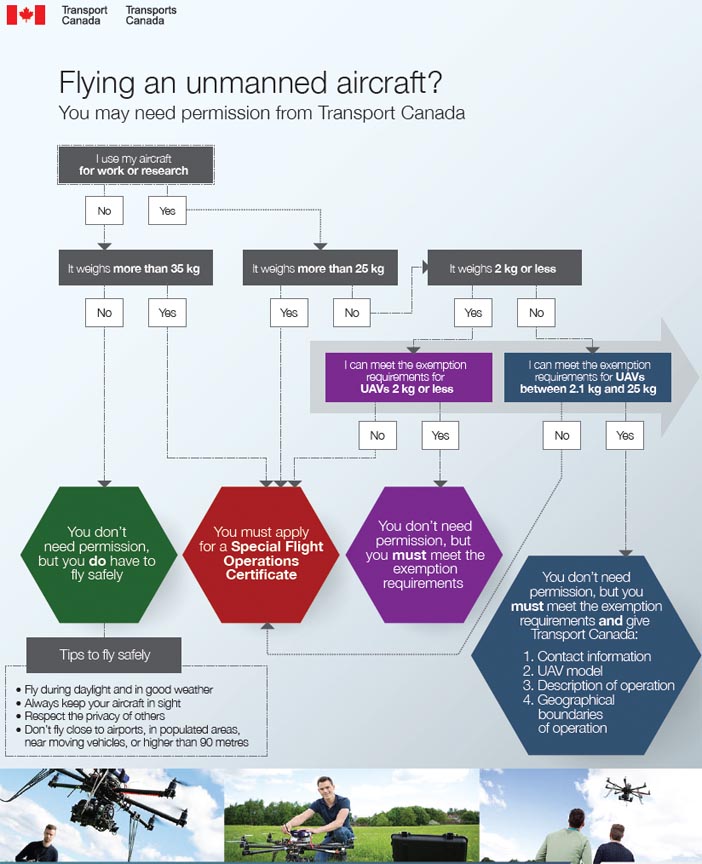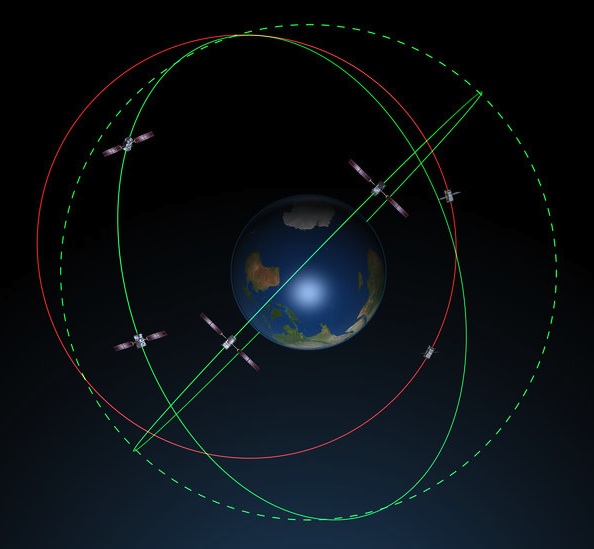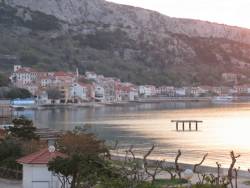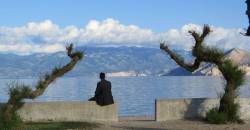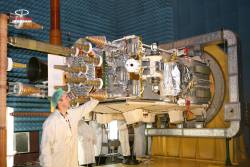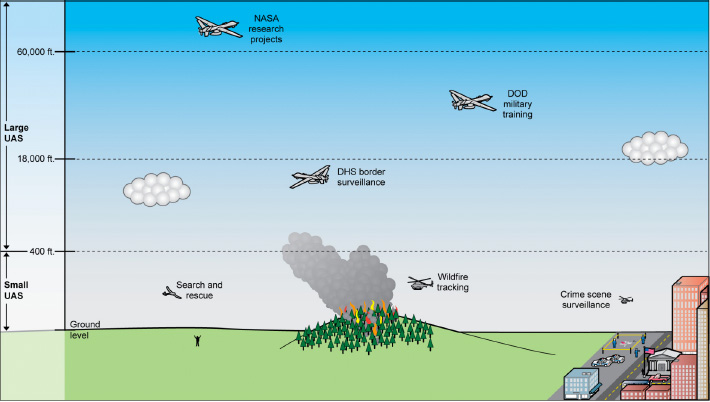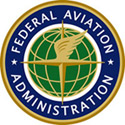Official: Foreign GNSS Signals Need FCC Authorization for Use in United States
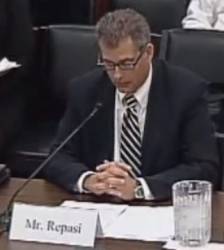 Ronald Repasi, deputy chief of the FCC’s Office of Engineering and Technology, speaking at a 2012 hearing of House Energy & Commerce Subcommittee on Communications and Technology
Ronald Repasi, deputy chief of the FCC’s Office of Engineering and Technology, speaking at a 2012 hearing of House Energy & Commerce Subcommittee on Communications and TechnologyA rule largely aimed at opening trade in telecommunication services will require Russia and other international providers of GNSS services to apply for authorization before their navigation signals can be legally used in the United States, a Federal Communications Commission (FCC) official has told GPS experts on the Space-based Positioning, Navigation, and Timing (PNT) Advisory Board.
By Inside GNSS

